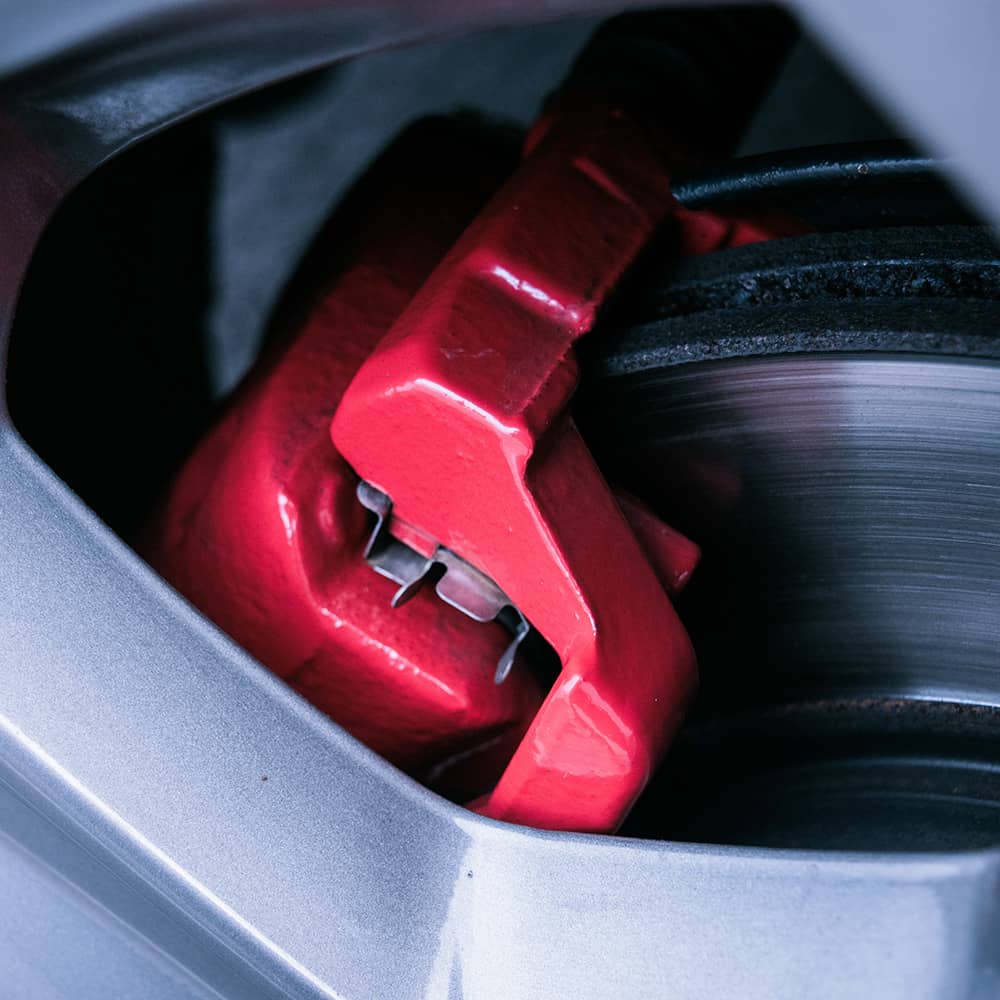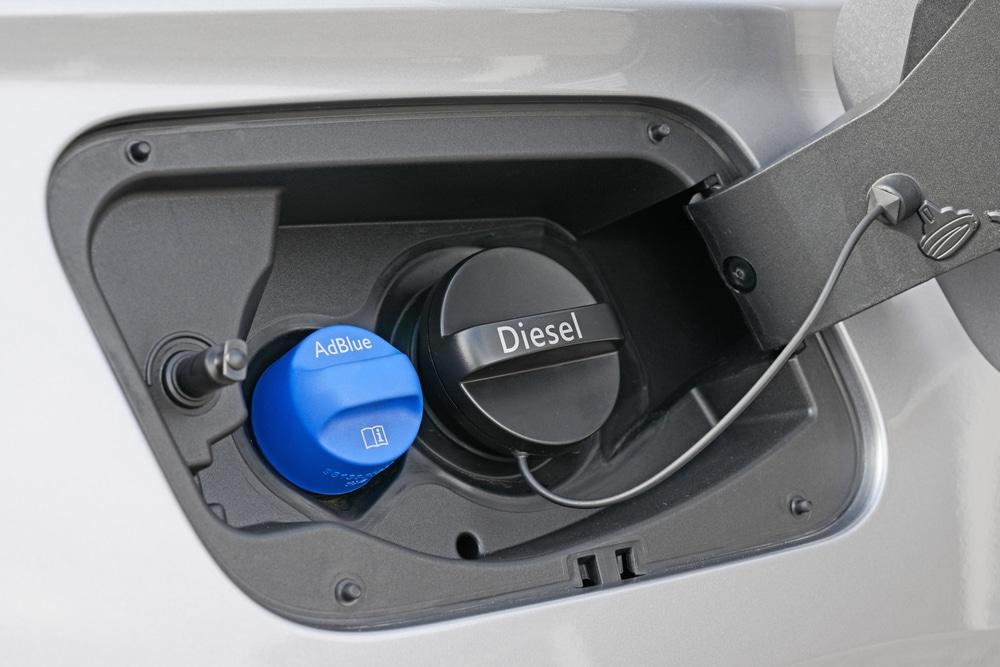Modern road cars can reach speeds of well over 100mph, and some supercars are able to reach in excess of 200 mph. Which is all great – but more important than how fast you go, is how fast you stop.
In this short article, we’re talking about car brakes, giving you a very basic overview of the main components that allow you, with just a simple touch of a pedal, to bring over a tonne of machinery to a controlled and abrupt stop.
Types of brakes
It might surprise you to know, or it might not, that there are two different types of car brakes, including:
Disc brakes – Most modern cars are fitted with disc brakes, as they’re the most efficient option. Disc brakes consist of a hardened steel disc attached to the wheel, stopped from spinning by pads held in a calliper which clamp the disc in a similar way to brakes on a bicycle.
Drum brakes – Drum brakes, like the name suggests, are contained within a steel, circular drum attached to the car’s wheel. The car stops when pads are forced against the inner rim of the drum.
This type of braking system is usually only on the rear wheels of the car, due to the fact that it’s not as efficient as a disc braking system, and that most of the force goes to the front wheels in the event of braking.
What makes the brake pedal work?
When you think about it, a braking system is pretty amazing. It just takes the lightest of touches, and suddenly your vehicle slows or stops, even if you’re driving a large van or truck. So, how does it happen?
Unlike the cable braking system on a bicycle, car brakes work using a system of hydraulics, which simply put, is pressurised oil contained within a pipe network, that when forced from one end creates pressure at the other end.
To get a little more technical, in a regular car braking system, you have a circuit of pipes, a brake fluid reservoir, a master cylinder, and four slave cylinders at each wheel. When you press the brake pedal, fluid is forced via a piston in the master cylinder, to all four slave cylinders at either wheel, which in turn fill up, forcing the pistons in the brakes to stop the car.
Why is braking so easy?
The reason it doesn’t take much effort from you to stop your car is down to precision engineering, and because the master cylinder and piston are designed in such a way that with a small amount of pressure on the pedal, a huge force is applied to all four slave cylinders.
The easiest way to think about it is to imagine your brake pedal as a lever with a long handle lifting a much heavier object – physics will determine that the lever will multiply the effort exerted by the user i.e. you when you press the brake pedal.
What about the handbrake?
Despite what you may have seen in films and TV programs, the handbrake is a parking brake and not meant for stopping the car. Separate from the hydraulic system, the handbrake is usually connected to the rear brakes of the car via cables, and when applied, bypasses the hydraulic system to hold the car stationary.
Brake Repairs Milton Keynes
Effective and reliable brakes are essential to ensure your safety whilst driving. If your brakes are squeaking, grinding or even worse failing to stop your vehicle immediately, get in contact with us today so that we can diagnose and repair any brake issues.
As a leading car garage based near Stadium MK and MK1 Retail Park, we provide all your car servicing needs, including full and interim services, and state-of-the-art diagnostic testing.



